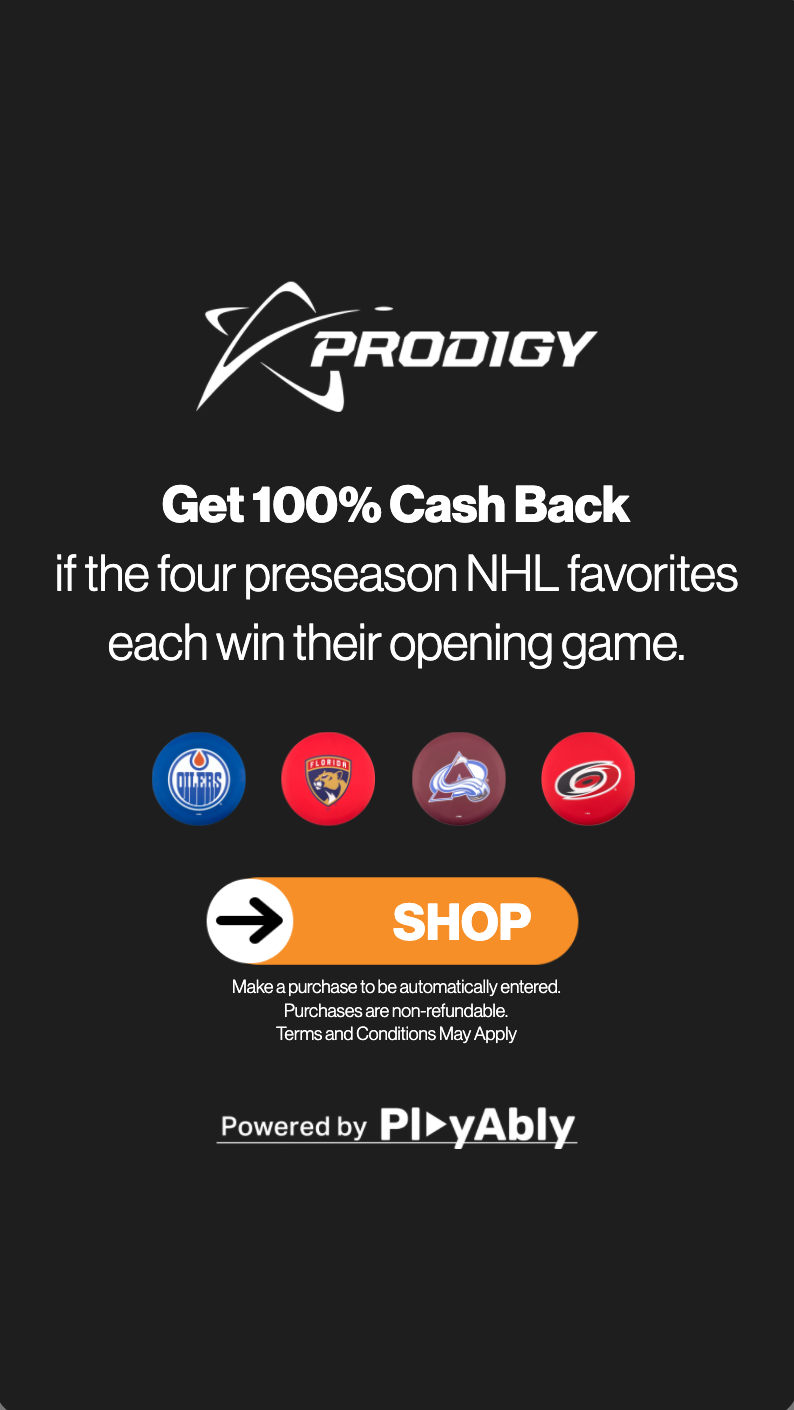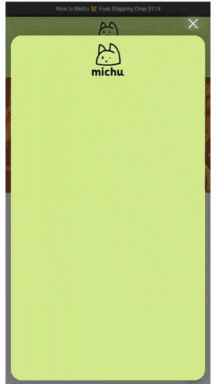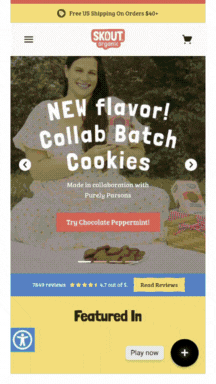Gamification of Purchases Through Conditional Rebates
Vintage Cars Customizable Game
Creating Customer Journeys Experiences in eCommerce with Gamification
Download The Guide
In today’s digital marketplace, brands are under constant pressure to find new ways to spark engagement and drive conversions. Standard discounts and one-off coupons often fall flat, leaving little emotional connection between the shopper and the brand. Enter the concept of conditional rebates—a structured, risk-free way to gamify purchases that adds a layer of anticipation and fun without drifting into gambling or contest territory.
With conditional rebates, shoppers buy as usual, but if a defined condition is met, they get their money back—often in the form of cash, store credit, or a gift card. Unlike static discounts, these promotions create an ongoing relationship between the customer and the event that follows their purchase. And thanks to platforms like PlayAbly, this can be done safely and sustainably, because PlayAbly—not the participating brand—covers the rebate payouts.
Vintage Cars Customizable Game
Gamification and conversion optimization go hand in hand. While gamification keeps users engaged, conversion optimization ensures that engagement leads to action—whether that’s making a purchase.
Download The GuideWhat Are Conditional Rebates?
Conditional rebates are promotions tied to specific, measurable outcomes. Customers pay full price at checkout, but if the condition occurs, their purchase is rebated. The conditions can be tied to cultural moments, weather patterns, sporting outcomes, or brand milestones. Importantly, the customer always receives the product they paid for—so there’s no risk of loss.
This structure makes conditional rebates both safe and exciting. They’re not gambling, they’re not contests, and they don’t rely on “winning” language. Instead, they offer a creative way to frame value that naturally engages customers in anticipation of what might happen next.
For compliance, these promotions often include a “no purchase necessary sweepstake” element or an alternative method of entry (AMOE). That means customers who want to participate without buying can still do so, keeping the model transparent and consumer-friendly.
Why Gamification Works in Driving Conversions
The success of conditional rebates rests on human psychology. By adding playful conditions to a transaction, the act of buying becomes more than just a financial exchange—it becomes an experience. Several psychological levers are at work here:
-
Anticipation and suspense: Shoppers look forward to seeing if the condition triggers, extending their engagement long after checkout. Instead of a purchase being done and forgotten, it becomes a story they follow.
-
Perceived smartness: Customers often feel clever for participating in something with potential upside. Even if the condition doesn’t occur, the purchase feels more memorable because it came with added excitement.
-
Social connection: People naturally share these experiences. Whether they’re following a sports game, tracking the weather, or watching for a milestone, they want to talk about it with friends, family, or online communities.
When purchases become interactive experiences rather than simple transactions, customers form deeper bonds with the brand.
The PlayAbly Advantage
Brands often hesitate to run gamified promotions because of the potential financial risk. What if the condition triggers too often? What if payouts exceed margins? This is exactly where PlayAbly changes the game.
With PlayAbly, brands don’t carry the payout responsibility. Customers select their option, conditions are clearly defined, and if the outcome is met, PlayAbly pays the rebate directly to the customer—whether in cash or as a gift card. The brand benefits from higher engagement and conversion rates, while PlayAbly manages the back-end mechanics and financial exposure.
This means:
-
Predictable brand costs: Your campaign budget doesn’t balloon unexpectedly if the condition is met frequently.
-
Stronger customer trust: Shoppers know there’s a dedicated, third-party platform ensuring rebates are honored promptly and fairly.
-
Freedom to experiment: Brands can design creative, memorable conditions without worrying about risk management.
By separating the promotional excitement from the brand’s financial responsibility, PlayAbly allows companies to run campaigns that are both innovative and sustainable.
Structuring Effective Conditions
The “if” behind a conditional rebate is what creates the magic. The key is to make triggers that are easy to understand, fun to follow, and relevant to your audience. Some examples include:
-
Sports outcomes: Imagine a retailer selling apparel tied to a major league team. If that team scores above a certain number of points in a game, everyone who shopped that week gets rebated. Fans don’t just buy merchandise—they become part of the unfolding event.
-
Weather events: A brand selling outdoor gear might link rebates to weather conditions. For instance, “If rainfall in your city exceeds two inches this weekend, your qualifying purchase is rebated.” Customers watch forecasts closely, tying the brand experience to daily life.
-
Community milestones: A retailer could link rebates to group achievements, such as “If 1,000 purchases are made in 48 hours, everyone qualifies for a rebate.” This fosters collective excitement, encouraging shoppers to rally others to join in.
Each of these conditions works because it’s measurable, time-bound, and easy for shoppers to follow. They also keep the brand top-of-mind during the waiting period.
Compliance, Transparency, and AMOE
While conditional rebates are safe and structured, clear communication is essential. Shoppers need to know exactly what the condition is, when it will be measured, and how payouts will occur. That’s why terms and disclosures are an important part of any campaign.
Most brands include a no purchase necessary sweepstake clause, which is where the alternative method of entry (AMOE) comes into play. AMOE allows people to participate without making a purchase, such as by filling out a form or mailing in an entry. This keeps promotions compliant and accessible while reinforcing that the rebate model isn’t about gambling—it’s about structured engagement.
Benefits Beyond Conversion
Conditional rebates don’t just drive immediate sales; they create long-term value:
-
Memorability: Customers remember promotions that feel different, and they associate that creativity with your brand.
-
Higher order values: Shoppers are often more willing to buy premium items when they know there’s a chance of getting the purchase rebated.
-
Repeat traffic: Customers return to your site or social channels to check conditions, extending engagement beyond a single transaction.
-
Positive associations: Even when the condition isn’t met, the sense of play often leaves customers feeling more positive about the brand.
When used consistently, conditional rebates can become a signature feature that differentiates your brand in the marketplace.
Building Loyalty Through Experience
The best marketing doesn’t just sell—it creates stories people want to share. Conditional rebates deliver that. A purchase becomes a conversation, and that conversation can ripple out into entire communities.
Because PlayAbly handles the payout side, brands can focus on designing conditions that connect with their audience, knowing that the financial risk is fully covered. Over time, these experiences can anchor loyalty, build trust, and position your brand as one that’s both innovative and customer-centric.



